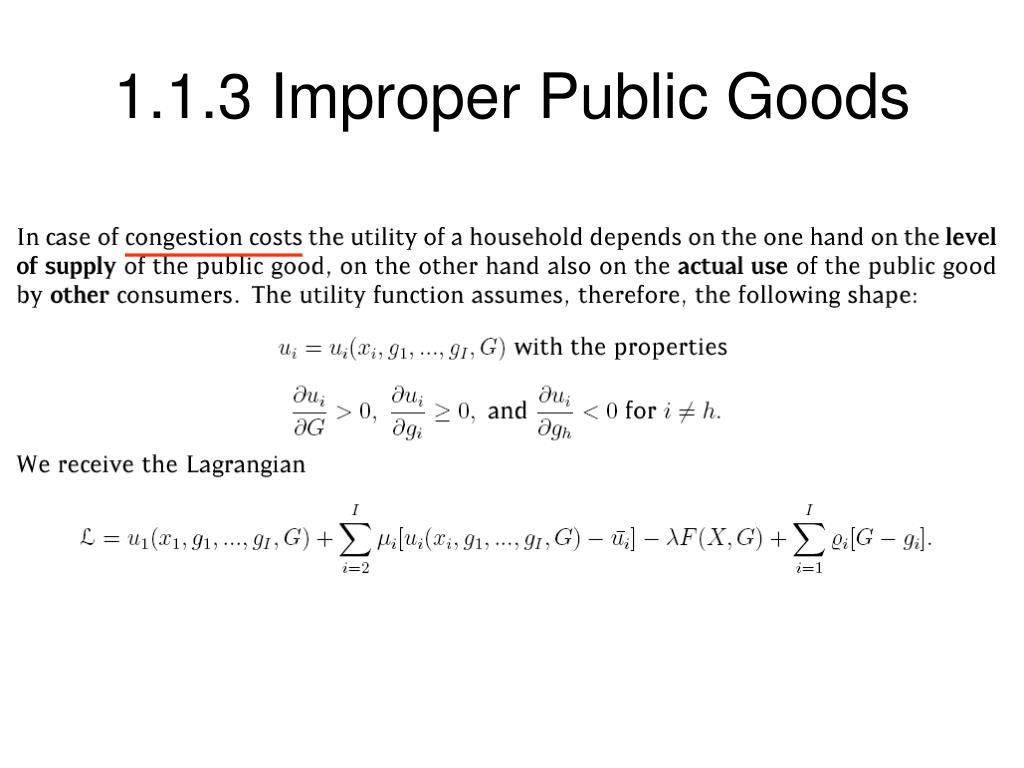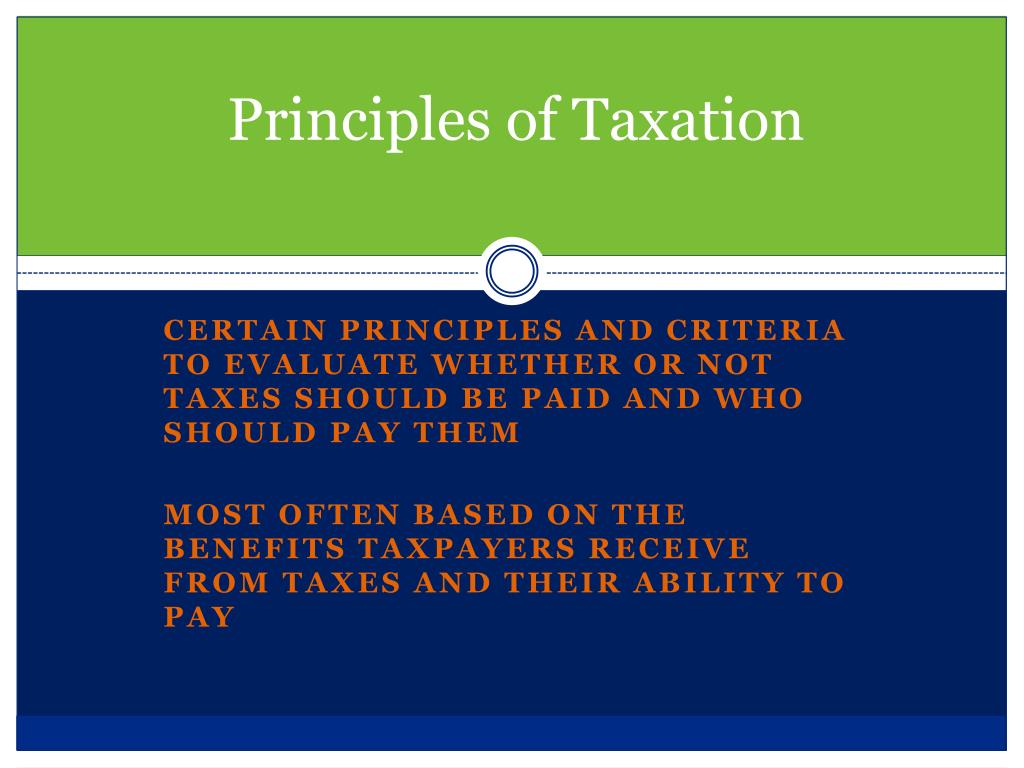
BENEFIT PRINCIPLE OF TAXATION HOW TO
When a government taxes its citizens, it makes decisions about how to best spend that money to benefit its citizens. In a sense, the critics argue that high incomes are penalized, even though the funds might have been accumulated through hard work and ingenuity. Reduces incentive to increase incomeīecause an individual will pay more tax as their income increases, critics of the ability-to-pay taxation system argue that individuals will lose the incentive to earn more. Disadvantages of Ability-To-Pay Taxation 1. In addition, low-income earners most likely need a majority of their income, so an ability-to-pay taxation system allows them to keep a larger percentage of their income to help stimulate the economy. Taxation revenue is “left on the table” and that can lead to reductions in services. Government revenue scales with earningsĪ different tax system may give rise to some “taxation deadweight loss.” For example, if a flat tax system was implemented, then the tax rate would need to be high enough to ensure enough government revenue for services, but low enough to accommodate low-income earners. Societies rely on government services, either directly or indirectly, such as police, scientific research, schools, and more. With an ability-to-pay taxation system, individuals with more resources are able to provide more funding for services needed by all. Pool more resources for government services In total, Person B would incur a tax liability of $9,993.63.īelow is a diagram to summarize the calculations and explanations.Īdvantages of Ability-To-Pay Taxation 1.

The 2020 personal amount is $13,229 for taxpayers with a net income of $150,473 or less. In addition, every individual is provided a personal tax amount. Generally speaking, an individual will not pay all the taxes they are expected to pay due to various tax credits and deductions that the government has made available. Then, they will pay 20.5% on the next $48,534 of taxable income and then 26% on the next $53,404, and so on. In 2020, an individual will need to pay 15% on the first $48,535 of taxable income. Taxpayers are expected to pay the prevailing tax rate in a specific bracket. The federal tax rates for 2020 are as follows: In 2020, the Canadian tax brackets are as follows:

A tax bracket is a percentage rate imposed on a range of income. Within the progressive tax system, all taxpayers fall within a particular tax bracket based on their income. In Canada, our government uses the ability-to-pay principle to impose a progressive tax system.

Ability-To-Pay Taxation: How it Works in Canada

Many countries, such as the United States and Canada, use an ATP tax system when taxing citizens. In other words, individuals, corporations, partnerships, and other entities who earn a higher income will need to pay more taxes because they have the ability to do so. Updated JWhat is Ability-To-Pay Taxation?Ībility-To-Pay Taxation is a tax principle that asserts that taxes should be levied based on an individual’s ability to pay the tax.


 0 kommentar(er)
0 kommentar(er)
